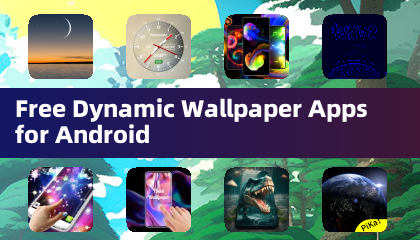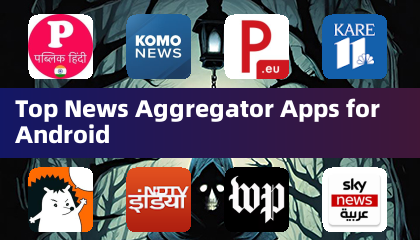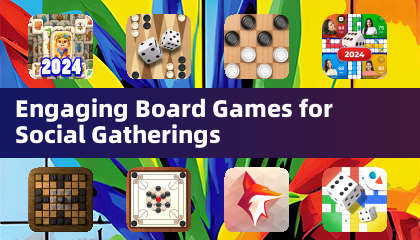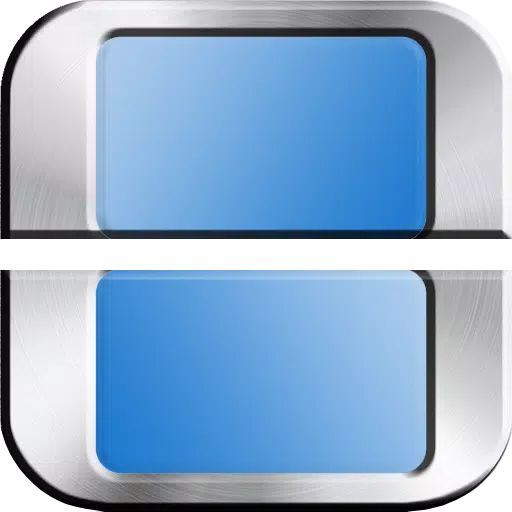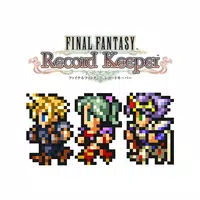After months of intense speculation, rumors, and leaks, Nintendo has officially unveiled the Switch 2 through its own Direct. Not only did we get exciting trailers for new titles like Mario Kart World, Donkey Kong Bonanza, and exclusive Nintendo GameCube games for Switch 2 Online, but we also got a detailed look at the system itself. From an accessibility perspective, I'm thrilled to say that the Switch 2 is a significant upgrade over its predecessor in nearly every aspect.
Several months ago, I explored my accessibility predictions for Nintendo’s latest console. I hoped for more robust accessibility offerings, better usage of Joy-Con controllers, and unique inclusive design practices. To my delight, Nintendo not only met these expectations but exceeded them with additional features. Let's delve into the exciting and confirmed accessibility features of the Switch 2.
New Accessibility Settings
The Direct itself didn't reveal many tangible accessibility options, except for fully customizable controls for each virtual GameCube game, which align with the system settings. However, Nintendo released an accessibility page that outlines a range of returning and new features.
Fully customizable controls are back, functioning just as they did on the original Switch. The settings to adjust text size to three different variants are also returning, but now with the added options of High Contrast and the ability to change general display colors. The Zoom functionality, crucial for blind/low vision players, is making a comeback as well. Yet, the most exciting addition is the new “Screen Reader” setting.
For blind/low vision individuals, settings like Text-to-Speech are essential for navigating menus and settings. Although the Screen Reader is currently limited to the HOME menu and system settings, it's a vital tool that enables disabled players to independently navigate the Switch 2. The feature includes options to select different voices, adjust read speeds, and control volume levels. While it's unclear if individual games will support these tools or offer their own accessibility features, Nintendo's commitment to its disabled audience is a promising sign for the future of accessibility within the company.
Innovative Design
Beyond specific menu options, Nintendo introduced a new inclusive tool within the renamed Nintendo Switch App: Zelda Notes, a companion app for Breath of the Wild and Tears of the Kingdom. The Navigation feature in the app allows players to locate shops, points of interest, and even the elusive Koroks using a GPS-like interface. The app includes audio cues and voices that guide players to their selected destinations. Although it doesn't aid in precise navigation or dealing with enemies, it significantly helps blind/low vision individuals navigate the vast overworld and reduces cognitive overload.
For cognitive, blind/low vision, and physically disabled players, the app's Autobuild Sharing tool is a game-changer. By scanning a QR code, players can automatically construct Zonai machines if they have the necessary materials. As someone who struggled with the complex control layouts required to build Zonai machinery in Tears of the Kingdom, this feature is a godsend. It simplifies the process to just gathering materials, eliminating the need to master intricate building mechanics. This is a testament to Nintendo's commitment to inclusive design, which I have long admired.
Additionally, the Item Sharing feature allows disabled individuals to exchange items easily. By scanning a QR code, players can instantly receive items from friends, reducing the physical effort needed to search the game world for essentials. While these features don't make Breath of the Wild and Tears of the Kingdom fully accessible, they represent a significant step forward.
Wheelchair Sports
The most surprising announcement was Drag X Drive, a Rocket League-esque game where players control characters in manual wheelchairs on a basketball court. This not only showcases proper disability representation but also highlights one of the Switch 2's new hardware changes—mouse control.
By flipping the Joy-Con on its side, players can use it as a mouse across any surface. Although the exact force required to move the cursor is still unknown, this new way of playing offers potential accessibility benefits for a wide range of disabled players. Combined with the various controller types already supported by the Switch and Switch 2, Nintendo continues to innovate with controller usage.
As a Nintendo fan, I'm incredibly excited about the Switch 2. While I'm hesitant about the $450 price tag, my love for gaming started with Nintendo. Each new system brings exciting accessibility additions that underscore Nintendo's commitment to inclusivity and accessible design. Although we don't yet have a first-party accessible device like the Xbox Adaptive Controller or PlayStation Access Controller, Nintendo is innovating in its own way to enhance gaming experiences for disabled individuals. With the recent announcement of Nintendo joining other developers to create standardized accessibility tags, I'm confident that Nintendo will continue to elevate accessibility standards.

 LATEST ARTICLES
LATEST ARTICLES 


